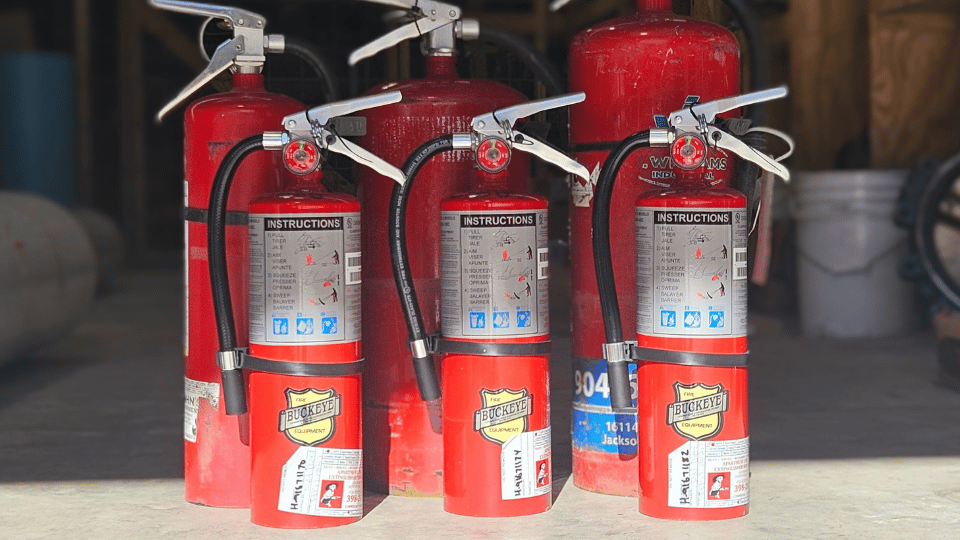Understanding Fire Prevention:
Fire prevention involves a comprehensive approach to identifying, mitigating, and controlling fire hazards in the workplace. This proactive strategy encompasses various measures, including fire risk assessments, installation of fire detection and suppression systems, employee training, and maintenance of fire safety equipment. By addressing potential fire hazards and implementing preventive measures, organizations can significantly reduce the likelihood of fire-related incidents.
Importance of Fire Prevention in Workplace Safety:
The importance of fire prevention in workplace safety cannot be overstated, as fires pose significant risks to employees, property, and business operations. According to the National Fire Protection Association (NFPA), thousands of workplace fires occur annually in the United States, resulting in injuries, fatalities, and billions of dollars in property damage. Effective fire prevention measures are essential for mitigating these risks and minimizing the impact of fires on businesses and communities.
Compliance with fire safety regulations and standards is essential for ensuring the safety and well-being of employees. Regulatory agencies such as the Occupational Safety and Health Administration (OSHA) and local fire authorities establish requirements for fire prevention and protection in the workplace, including the installation of fire alarm systems, emergency exits, and fire extinguishers. By adhering to these regulations and implementing best practices, employers demonstrate a commitment to fire safety and regulatory compliance.
Implementing Fire Prevention Strategies:
Implementing robust fire prevention strategies involves proactive planning, hazard identification, and risk mitigation. Employers should conduct thorough fire risk assessments to identify potential hazards, such as flammable materials, electrical faults, and ignition sources, and implement appropriate control measures to minimize the risk of fires. This may include implementing engineering controls, such as fire-resistant materials and automatic fire suppression systems, as well as administrative controls, such as training employees in fire safety procedures and evacuation drills.
Ensuring the availability and functionality of fire safety equipment is critical for effective fire prevention. This includes fire extinguishers, smoke detectors, fire alarms, sprinkler systems, and emergency lighting. Regular inspections, testing, and maintenance of fire safety equipment are essential to ensure their reliability and effectiveness in the event of a fire emergency.
Promoting Fire Safety Awareness:
Fostering a culture of fire safety awareness among employees is essential for preventing fires and minimizing their impact. Employers should provide comprehensive fire safety training to all employees, covering topics such as fire prevention, evacuation procedures, use of fire extinguishers, and emergency response protocols. Regular fire drills and simulations help reinforce training and ensure that employees are prepared to respond effectively in the event of a fire emergency.
Additionally, promoting personal responsibility and accountability for fire safety encourages employees to identify and report potential fire hazards, practice good housekeeping, and adhere to fire safety protocols. By empowering employees to play an active role in fire prevention efforts, organizations can create a safer work environment and reduce the likelihood of fire-related incidents.
Conclusion:
In conclusion, fire prevention is a critical component of workplace safety, essential for protecting employees, property, and business operations. By implementing proactive fire prevention strategies, complying with regulatory standards, and fostering a culture of fire safety awareness, organizations can minimize the risk of fires and ensure the safety and well-being of their workforce. Remember, when it comes to fire prevention, proactive measures save lives and livelihoods
